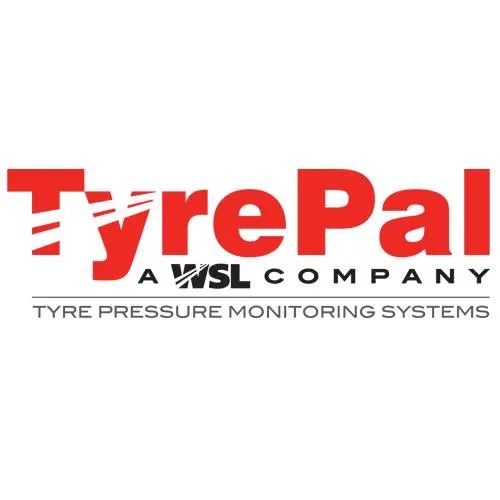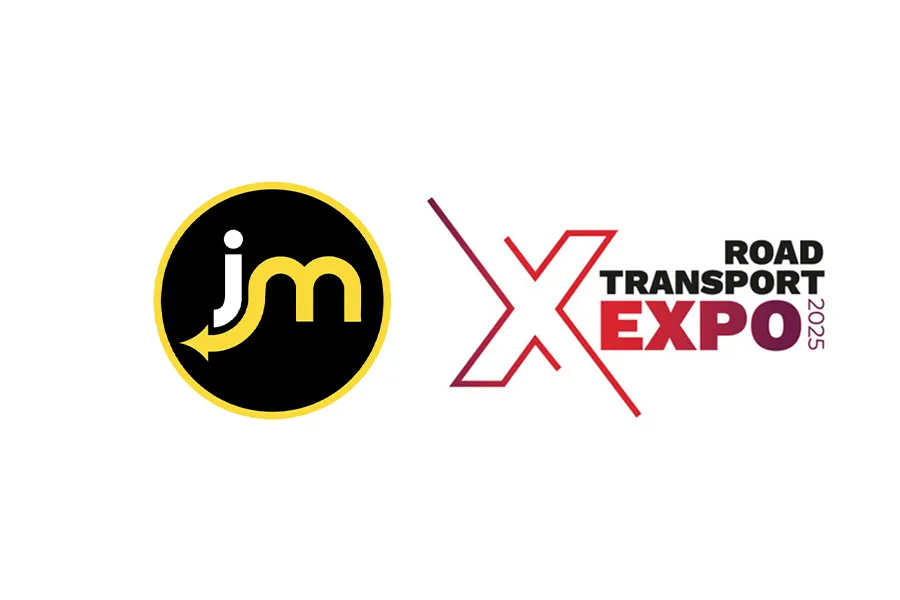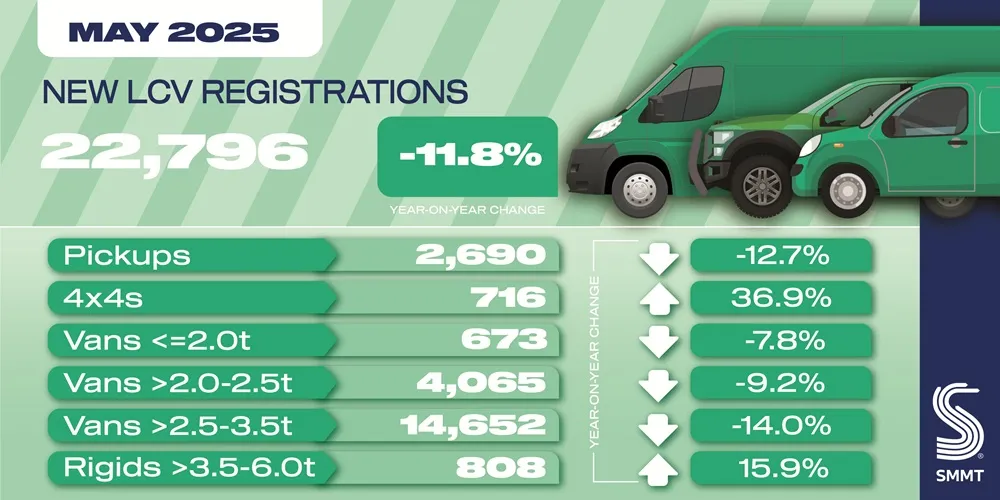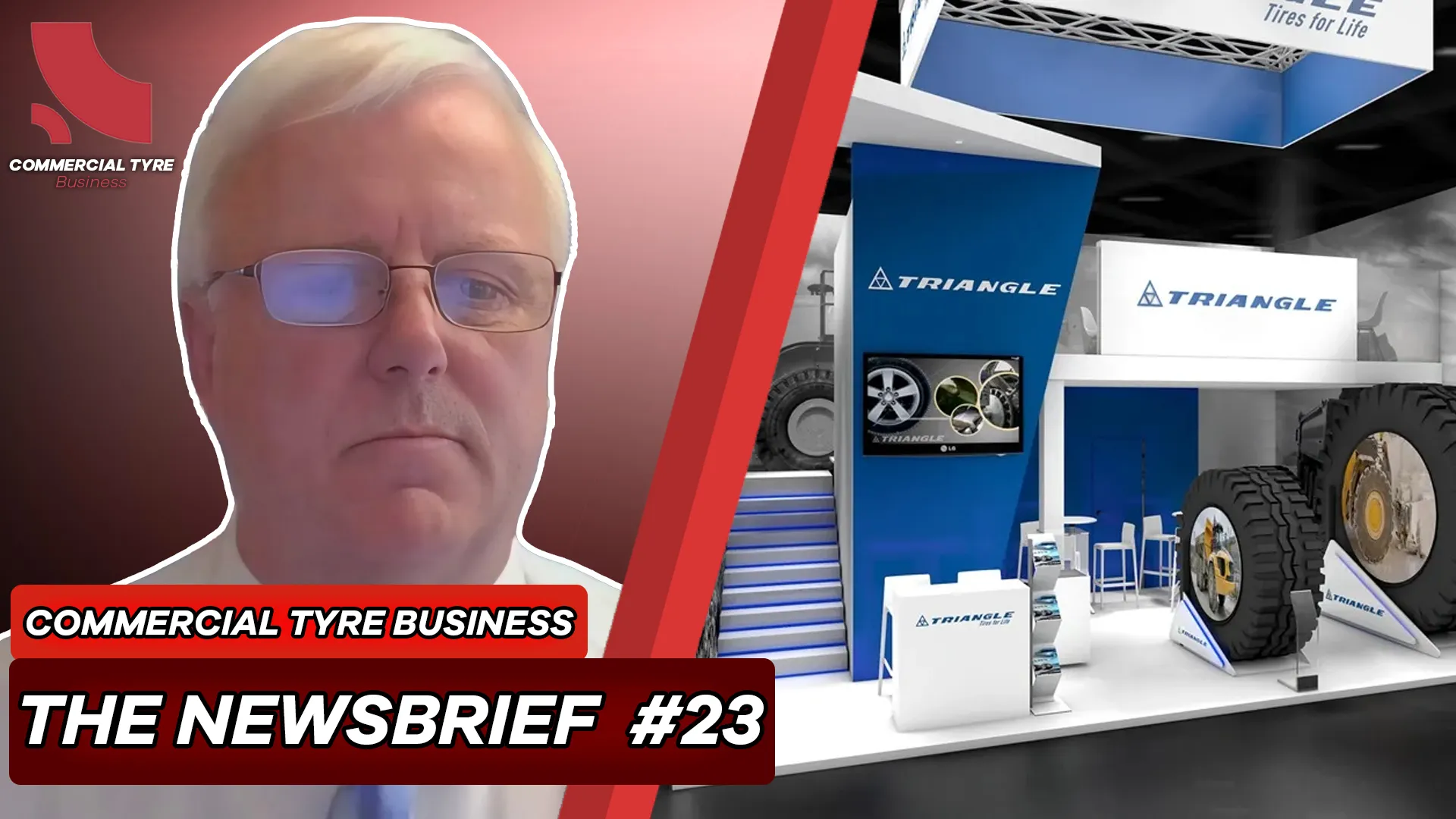Did you know that a blue whale’s lung capacity is 5000 litres? In comparison, humans can only manage a meagre six litres on average. As you can imagine, the power at which both creatures exhale is very different. Why are we telling you this, you ask? Here is a hint: when vehicles with large tyres suffer blowouts, the consequences are far more severe than a bicycle tyre blowout. Therefore, it’s imperative that tyre pressures are properly monitored on large vehicles.
A significant issue with tyre pressure
According to Peter Tillotson, the business development manager of tyre pressure m...
A significant issue with tyre pressure
According to Peter Tillotson, the business development manager of tyre pressure m...








